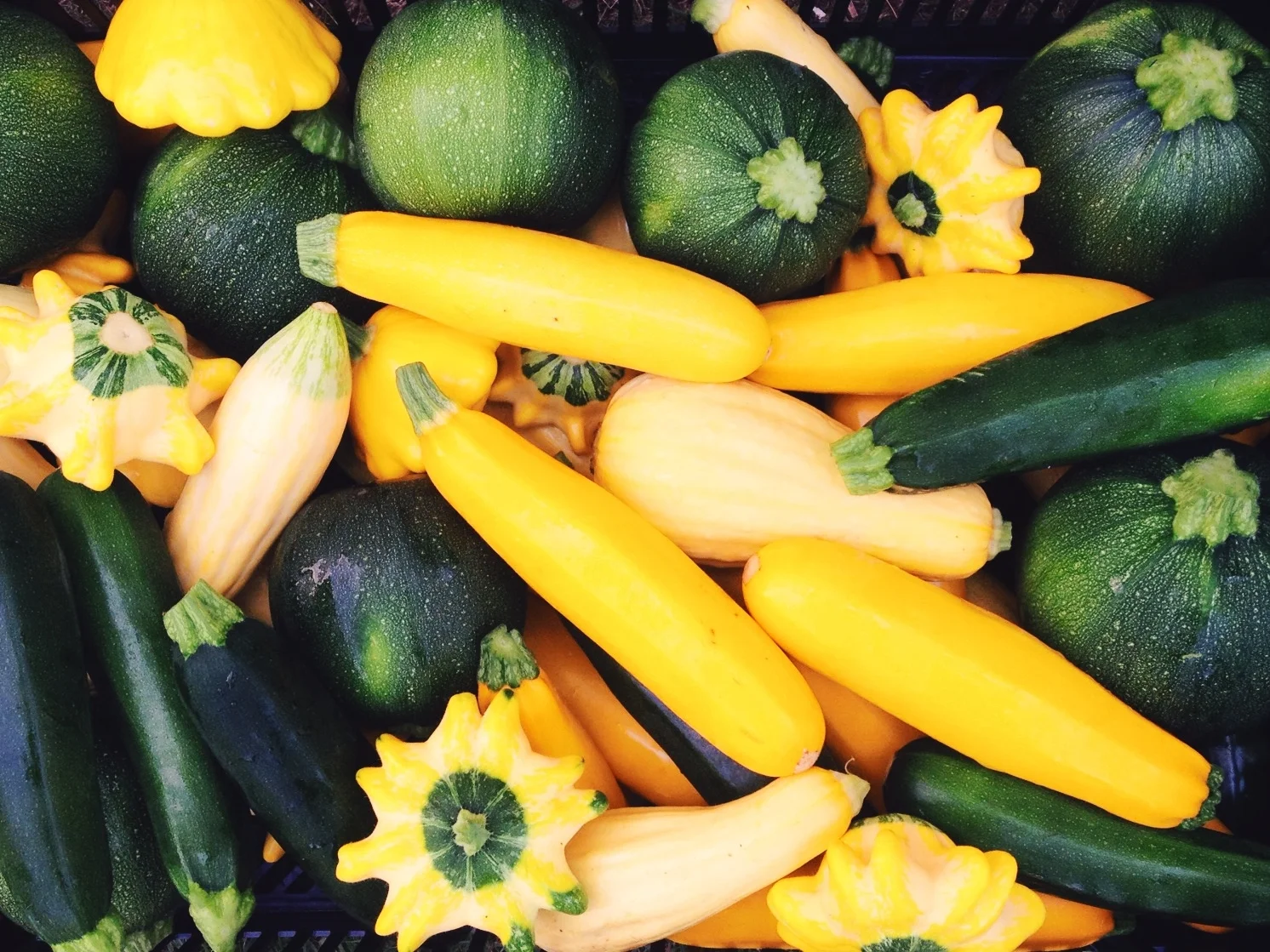This recipe is a fun riff on eggplant parmesan from Elise’s mom, Lisa. It’s adapted from Smitten Kitchen’s ‘Simple Eggplant Parmesan’ recipe.
Ingredients
2 pounds of zucchini, cut into generous 1/2 inch rounds
Kosher salt
Olive oil
Fresh pepper
1 small onion, finely chopped
3 cloves garlic, minced
1/4 teaspoon red pepper flakes
1 28-ounce can of whole tomatoes (jarred marinara sauce works too, or a sauce made from fresh tomatoes)
Handful of fresh basil leaves
1/2 cup of grated Romano cheese
8 ounces of thinly sliced mozzarella
Heat oven to 425 degrees. Arrange the zucchini slices on a baking sheet and sprinkle with 2 teaspoons of kosher salt and set aside for 30 minutes. After 30 minutes, transfer the zucchini slices to a clean dish towel and blot away as much excess water as possible. Dry the baking sheet and coat it with 3 tablespoons of olive oil. Then, sprinkle with several grinds of black pepper. Arrange the zucchini in a single layer on top and add more grinds of pepper.
Roast until nicely browned underneath. Use a thin spatula to flip the slices over to brown the other side. Reduce oven temperature to 375.
While the zucchini roasts, open your can of tomatoes and crush the tomatoes with your fingers. Heat 2 tablespoons of olive oil in a medium saucepan over medium heat. Add onion and cook until softened. Add garlic and red pepper flakes and cook another minute. Add tomatoes and season with 1 teaspoon of salt. Simmer over low heat for 10 minutes, stirring occasionally. If you’d like a smoother sauce you can use a potato masher or immersion blender. Stir in basil, taste and adjust salt.
In a 1.5-2qt baking dish, spoon 1/2 cup of sauce over the bottom of the dish. Arrange half of the zucchini slices slightly overlapped in one layer. Spoon another 1/2 cup of sauce and spread it evenly. Sprinkle with a layer of Romano cheese. Arrange remaining zucchini slices then ladle more sauce. You can make it as saucy as you like! Sprinkle the top with mozzarella and Romano. Bake for 30 minutes until cheese has melted and sauce is bubbling.






